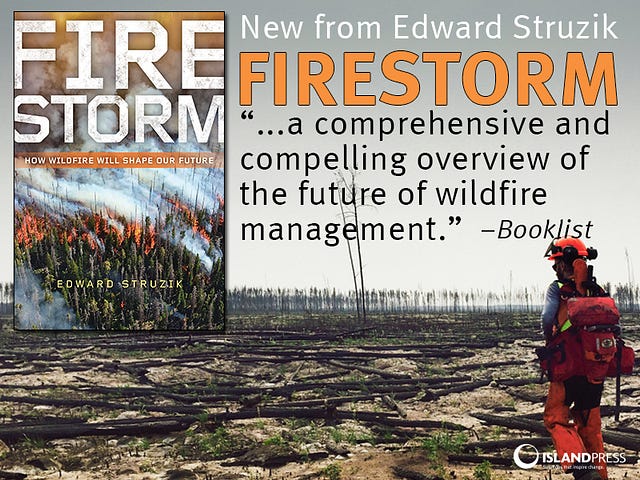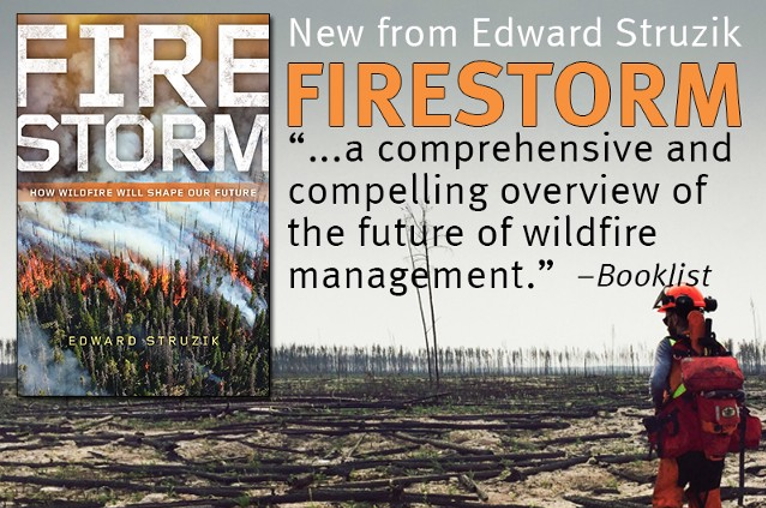If you live in the northwestern half of the continent, as I do, there has been no escaping this year’s extraordinary wildfire season.
Tens of thousands of people have been forced to evacuate their homes. Tourists and hikers destined for national parks such as Glacier, Waterton, Yosemite and Mount Rainier have had to cancel plans or suffer through noxious smoke drifting in from fires, some hundreds of miles away. Hardly a day goes by when a public health official isn’t warning people to stay inside or reduce physical activity.
Once the smoke clears, a more enduring problem will emerge. Forests play a large role in regulating climate change and rainfall patterns over land. They also act as filters for water consumed by hundreds of millions of people.
But once trees catch fire, they unleash ash, sediments and various noxious chemicals. And heat from fires undermines soil stability. Then, when heavy rain falls, tainted water slides into rivers rather than seeping into underground aquifers. If it rains hard enough, flooding often follows, especially when there are no trees to take up what moisture is absorbed into the soil.
The inevitable overload of carbon and sediment coming from a big fire can interfere with a water treatment plant’s disinfection process, just like a dishwasher with a plugged drain. When that happens, carbon reacts with chlorine and produces undesirable chemical byproducts, including known and suspected carcinogens.

https://islandpress.org/book/firestorm
The science of wildfire hydrology has been around for some time. But most government agencies wouldn’t consider funding research into this field until the 2002 Hayman fire burned nearly 138,000 acres of forest in the Colorado Rockies, producing catastrophic results.
Without trees, vegetation and a stable soil structure to absorb the heavy rains that followed, Colorado rivers and streams degraded by ash, debris, heavy metals and other contaminants flooded through a watershed that serves 75 percent of the state’s residents. Fifteen years after the fire, the blue-ribbon South Platte River trout fishery has still not fully recovered.
A similar thing is happening in Fort McMurray, in Alberta, Canada, where a 2016 fire forced the evacuation of 90,000 people. This year, that city is likely to spend two to three times more on chemicals to keep its drinking water safe. Portland, Oregon, now at the center of fires burning in that traditionally soggy state, is being monitored for water contamination, as are a number of other cities.
There are no easy solutions. Fires are burning bigger, hotter, faster and more often in forest landscapes occupied by humans. Humans are responsible for igniting most wildfires. Climate change increases the risk because heat dries out forests and increases the likelihood of lightning.
Ramping up water treatment systems is one (expensive) option. Enhanced protection of our forested watersheds is a better solution. Healthy forests are an inexpensive way of keeping our water clean and filtered. In a world of bigger, hotter fires, it is time to think of forests as vital infrastructure, and to invest in preserving these resources for the future.
This op-ed was published in collaboration with the Island Press Urban Resilience Project, with support from The Kresge Foundation and The JPB Foundation.





